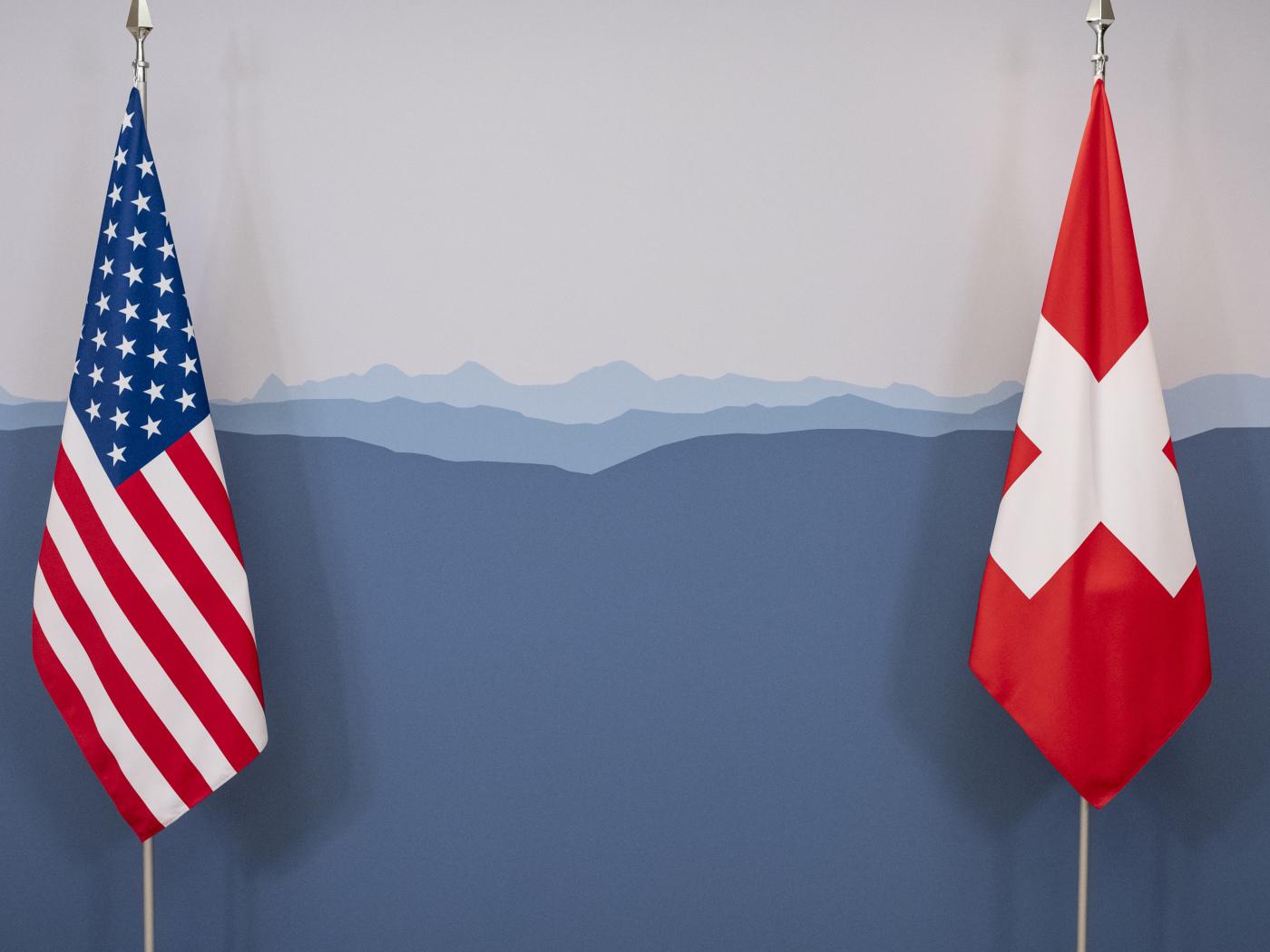The US dollar will finish 2015 higher against both the euro and yen. Sometimes those of us who follow the economic and financial news closely can get caught up with the short-term fluctuations. As traders that is what we do. . Investors, however, can take a longer look at developments.
Taking a step back, we note that this is the fourth consecutive year that the yen has fallen against the dollar. The greenback closed 2011 near JPY77. It will likely finish this year near JPY120.
When discussing the change, observers often confuse themselves by not keeping clear what they are measuring. The dollar rose 55.8% against the yen over this period. The yen fell 35.9%.
The strengthening of the yen, almost 2.5% on a trade-weighted basis, coupled with the further drop in energy prices, and signs that the economy is failing to gain traction, will likely fan speculation of further BOJ easing, especially toward the start of the new fiscal year. The widening spread between US and Japanese 10-year government bonds above 200 bp for the first time this year is likely to help lift the dollar from the lower end of its range (~JPY120) toward the middle, and possibly upper end if next week's US jobs report shows slack continuing to be absorbed.
This will be the second consecutive year of euro losses. It followed two annual gains, which was preceded by another two-year decline. We would not put much stock in the pattern and anticipate the euro's declining streak will last another year or two.
Until a couple of weeks ago, the divergence of monetary policy was all about the ECB. The Fed's rate hike has only now brought the Fed into the equation. Both sides are in play in 2016. The ECB is still buying assets and charges 30 bp for deposits it is asked to hold for safe keeping. In contrast, the Federal Reserve now pays banks 50 bp on excess reserves. It is so difficult to fathom that this creates an ongoing incentive structure to prefer dollar deposits to euro deposits for large pools of capital?
It used to be fashionable to talk about the Greenspan or Bernanke put on the US stock market. This referred to the belief that if the US equity market sold-off dramatically, the Federal Reserve would ease policy. Some think there is a Draghi put on the euro, but rather than selling it, he bought it. That is to say, he will use verbal suasion to keep counter-trend euro gains in check. To the extent that a rise in the yen, weakens import prices and deters the BOJ from achieving its inflation target, Kuroda may also have a put on the yen.
However, the key here is not really so much the currency for exports, as the currency warriors would have it, but rather because an appreciating currency may be a sign of tightening financial conditions. This is what officials resist.
Tags:
























